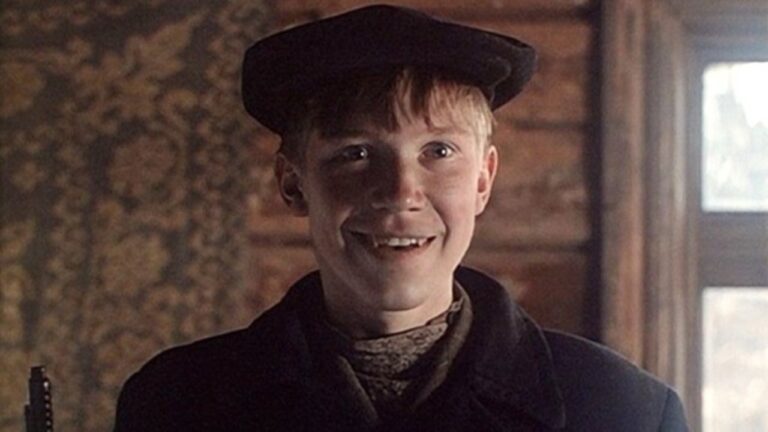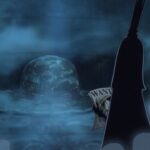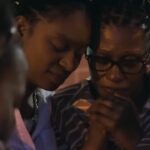Elem Klimov’s 1985 movie ‘Come and See,’ starring Aleksei Kravchenko as Flyora and Olga Mironova as Glasha, tells the story of a young boy caught in the Nazi occupation of Belarus during World War II. With real accounts from Belarusian partisans and co-writer Ales Adamovich, the film shows the destruction caused by the German invasion and how it changed those who lived through it.
Through Flyora’s eyes, we see war not as heroism but as the complete loss of humanity. The film makes us confront what war does to ordinary people, especially children who are forced to grow up too fast.
How War Shapes a Young Soul in Come and See
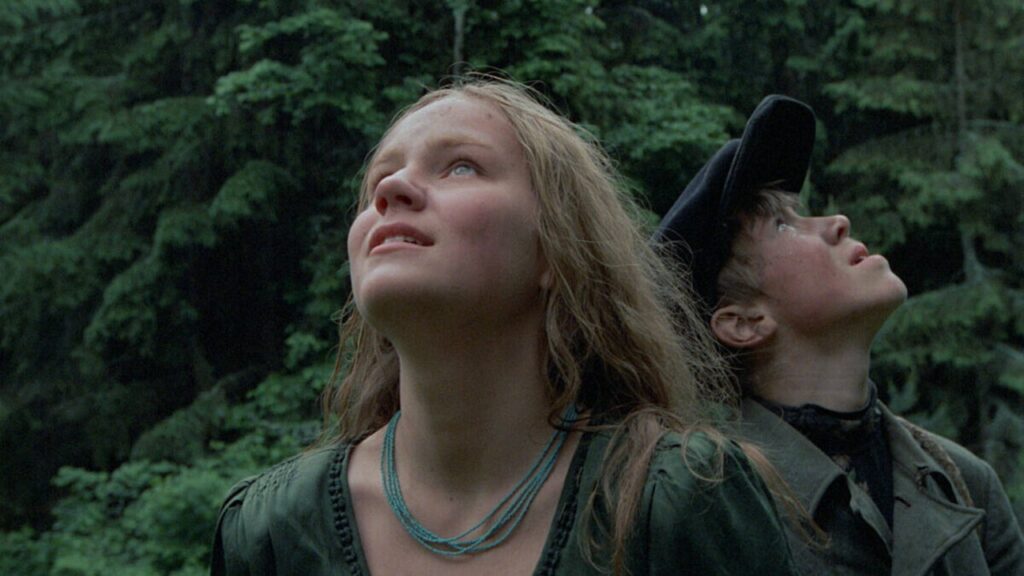
In 1943, Flyora and another boy dug up a rifle from a trench, wanting to join the Soviet partisans fighting the Germans. Their village elder warns them that it will only bring danger. But Flyora dreams of being brave and helping his country. After a Fw 189 reconnaissance plane notices what the boys were doing; the partisans arrive and take him away, ignoring his mother’s desperate pleas. At the camp, Flyora is given small jobs and left behind when others go to fight. Feeling unwanted, he walks into the forest and meets Glasha, a young nurse. They barely have time to talk before German planes attack, forcing them to hide and flee through the woods.
When they return to Flyora’s village, it is empty. Flyora cannot accept that his family is gone, believing they are hiding on a nearby island. Glasha follows him and discovers what he refuses to see, the bodies of his family and neighbors lying in a heap. She screams at him to leave, but he continues to deny what has happened. The two collapse emotionally while crossing the bog, covered in mud and grief. Later, a partisan named Rubezh finds them and takes them to survivors in another village. The burned village elder tells Flyora the truth about his family and repeats his warning about the rifle. Overwhelmed by guilt, Flyora tries to drown himself, but Glasha and others stop him.
Rubezh takes him along on a mission to steal food from a German warehouse. The plan fails when they are caught, and Flyora’s comrades die. They steal a cow from a farmer, but German machine gun fire kills both the cow and Rubezh. Flyora escapes again and ends up in a nearby village called Perekhody. German troops surround it soon after. Flyora tries to warn the villagers, but they are forced into a barn along with him. The soldiers lock the doors and set the building on fire while laughing and taking pictures. The people inside are burned to death. Flyora survives, but the look on his face shows that he has seen more than anyone should.
When he meets the partisans again, they have captured the Germans and collaborators who burned the village. Their leader, Kosach, must decide how to punish them. Some want to kill them cruelly, but Kosach chooses to shoot them quickly instead. Revenge, he realizes, will not bring back what was lost. Afterward, Flyora finds a portrait of Adolf Hitler lying in a puddle. He shoots at it again and again. The film cuts to scenes from Hitler’s life played backward until he is shown as a baby. Flyora stops shooting, realizing that evil is not born but created by people who choose hate over compassion.
A Cinematic Testament: Remembering Belarusian Tragedies
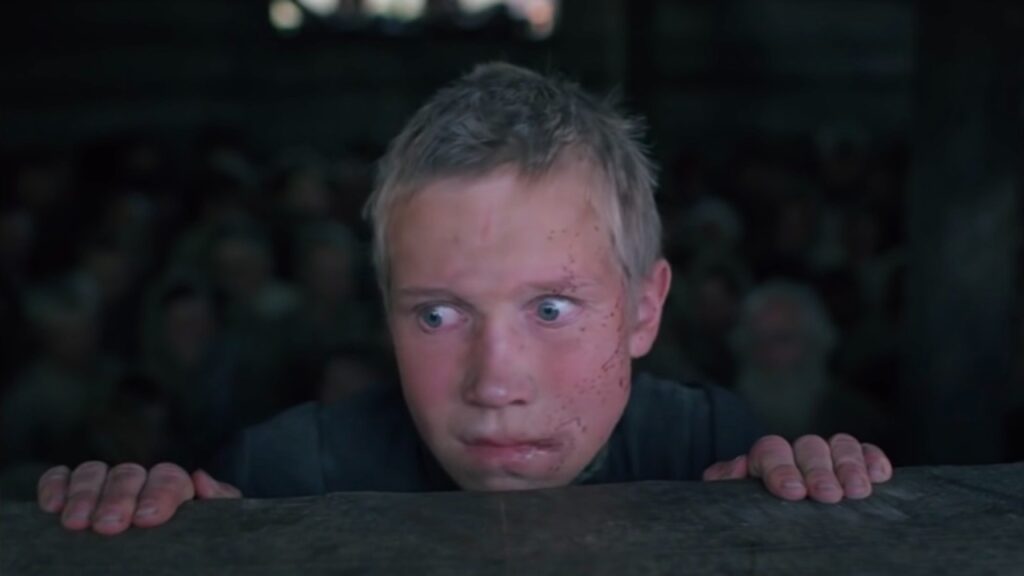
Klimov and Adamovich based everything in the movie on real events from Belarus. Adamovich had fought as a teenage partisan himself, so the details were drawn from true stories of burned villages and massacres. Klimov refused to use professional actors because he wanted faces that carried real emotion. Kravchenko, who played Flyora, was only fourteen. To help him through the emotional weight of the role, Klimov brought in a hypnotist. The actor went through hunger, exhaustion, and constant tension during nine months of filming. His transformation from an innocent boy to a hollow, aged face reflects the truth of what war does to a person.
Making the film was a long struggle. Soviet censors delayed it for years, saying it was too disturbing. Klimov refused to change anything. When shooting finally began, it was done so that Kravchenko’s change could be filmed naturally. The crew used real explosions and live ammunition to make the danger feel real. Nothing about the production was easy, but that is what gives the film its raw power. Every moment feels real because it comes from lived history, not imagination.
By the end, Flyora walks away with his comrades, his face showing both shock and emptiness. A title card reminds us that 628 Belarusian villages were destroyed along with their people. That number is not fiction. Klimov wanted the world to remember those who suffered and to see what war does when humanity is lost.
The title Come and See comes from the ‘Book of Revelation.’ It is a call to witness destruction and truth, not to turn away. The film does not give closure or comfort. It asks us to look closely at what we are capable of and to question whether innocence can ever return once we have seen such horrors. As Flyora rejoins the partisans, we are left with the same question he faces; after all he has witnessed, can anyone truly return to being human again?
